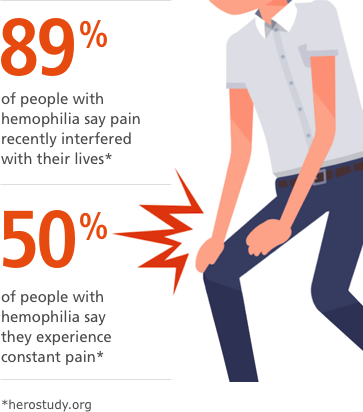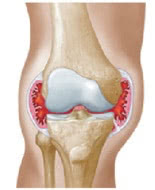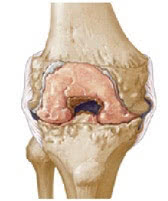Here you’ll find information to help you live more successfully with hemophilia. From staying active and healthy to managing bleeds, it’s all easier when you know what to do and are prepared to do it.
Tips to help you navigate your hemophilia journey.
Tips to help you navigate your hemophilia journey.
Here you’ll find information to help you live more successfully with hemophilia. From staying active and healthy to managing bleeds, it’s all easier when you know what to do and are prepared to do it.
Stop pain from stopping you.
Stop pain from stopping you.
Let’s dig a little deeper into the different types of pain and how to deal with pain when you experience it.
Facts from the HERO Study.
Facts from the HERO Study.
We conducted the HERO Study to learn how hemophilia impacts the lives of people who are affected by this and other bleeding disorders. One thing we learned is how much pain impacts your life. In fact, 89% of people with hemophilia reported that pain has recently interfered with their daily life and 50% say they experience constant pain.



Acute or chronic pain: What’s the difference?
Acute or chronic pain: What’s the difference?
Short-term (acute) pain happens suddenly, is usually intense, and can last for hours or days. This type of pain is often the sign of a joint or muscle bleed.

Common symptoms:
• Tingling or bubbling sensation
• Swelling
• Decreased range of motion or use of a joint
• Heat—skin feels warm to the touch
Probable causes:
• A bleed that needs treatment
Risks if ignored:
• Increases recovery time
• May cause joint damage and lead to chronic pain
Recommended treatment:
• Factor
• R.I.C.E.
• Pain medicines
What to avoid:
• Doing nothing about the pain
• Drugs that inhibit clotting
Long-term (chronic) pain is ongoing discomfort. It comes from damage from repeat bleeds or other joint damage and may last for months or longer.

Common symptoms:
• Lasts for months or longer
• Joint stiffness, severely limited range of motion
Probable causes:
• Other joint damage
• Damage from many bleeds
Risks if ignored:
• Harder to move joints
• Harder to do daily chores
Recommended treatment:
• Pain medicines
• Exercise/stretching
• Physical therapy
• Alternative methods
What to avoid:
• Not moving the joint
• Ignoring the pain
• Drugs that inhibit clotting
Managing your pain.
Managing your pain.
The first steps in managing pain are to recognize bleeds and treat them quickly— ideally, within 2 hours. The faster you administer factor, the faster you may be able to stop a bleed and prevent further joint damage.

1. Relieve short-term pain

Start pain management at the first signs to:
1. Relieve short-term pain
2. Minimize long-term pain
When you have pain, R.I.C.E. can help.

Rest the joint for 24 hours or longer.

Applying ice can limit joint damage by reducing the temperature of the tissue at the site of injury. Ice can also help ease pain. Wrap crushed ice in a damp towel and apply for 10-15 minutes every 2 hours. Don’t apply it directly to your skin.

Wrap the injured joint in a compression bandage or stocking for the first 24 hours. Check frequently to make sure the wrap is not too tight. Compression helps control the amount of swelling and may lead to a quicker recovery.

Elevate the injured area to lower the pressure in the local blood vessels and to limit bleeding into the area. Elevating the area will also help drain fluids from the injury, which limits swelling.
Keep moving to manage pain.
Pain management involves moving stiff joints and exercising safely. This may help prevent pain and ease pain in already damaged joints by allowing a full range of motion. Not moving the joint may lead to more pain and disability over time. Create an exercise plan with the help of your doctor, HTC team, or physical therapist—and exercise daily. Find out more about safe ways to exercise.
HEMOPHILIA FACT
Bleeds do more than cause pain. Over time, they can damage your joints. Damaged joints mean more pain and less mobility.
HEMOPHILIA FACT
Bleeds do more than cause pain. Over time, they can damage your joints. Damaged joints mean more pain and less mobility.
Moving through life.
Learn how to transition through various stages of life with hemophilia, from self-infusing to going to college.
Building community.
Get tips on building a strong support system—an important component of living with hemophilia.
Moving through life.
Learn how to transition through various stages of life with hemophilia, from self-infusing to going to college.
Building community.
Get tips on building a strong support system—an important component of living with hemophilia.
